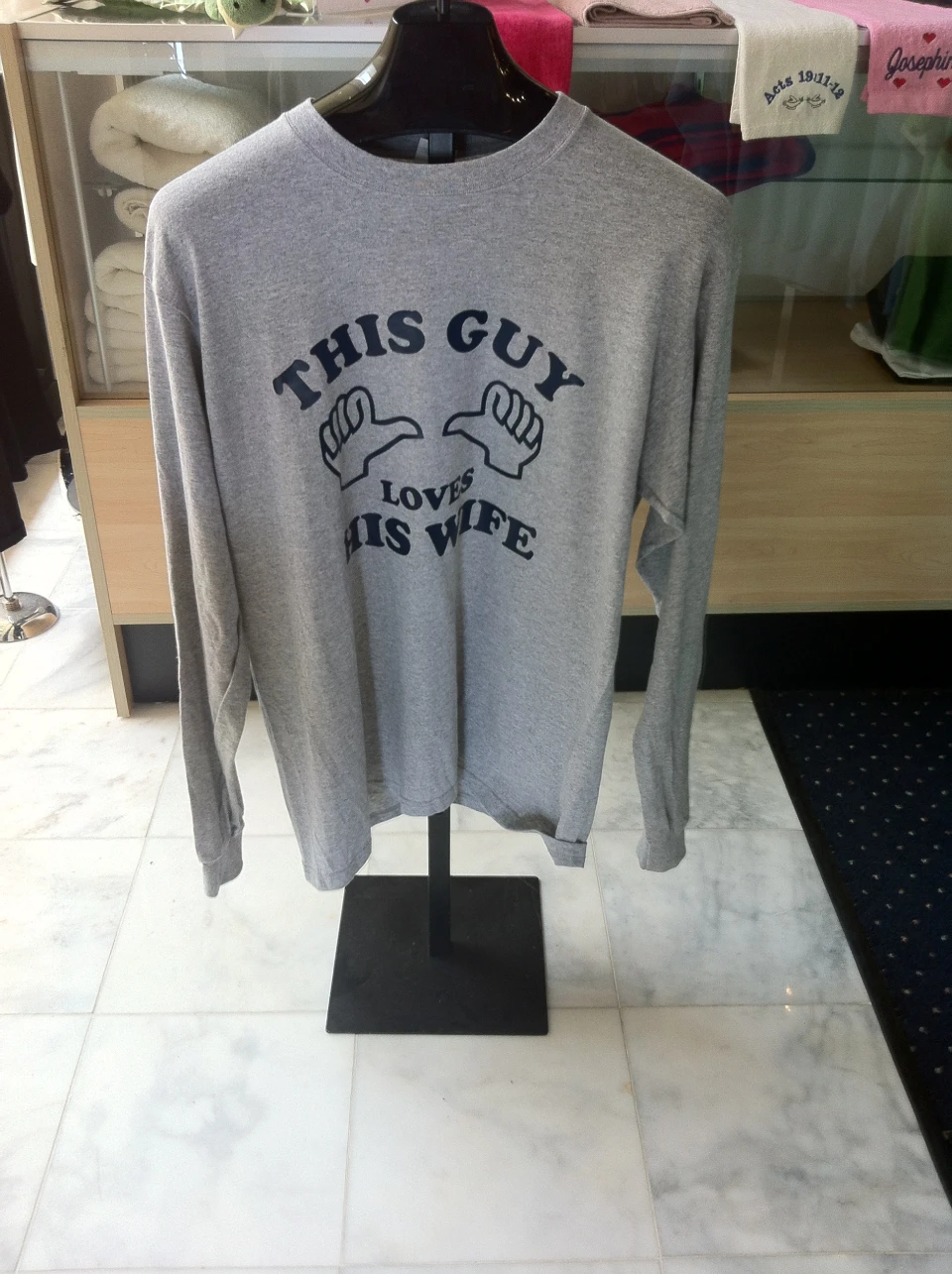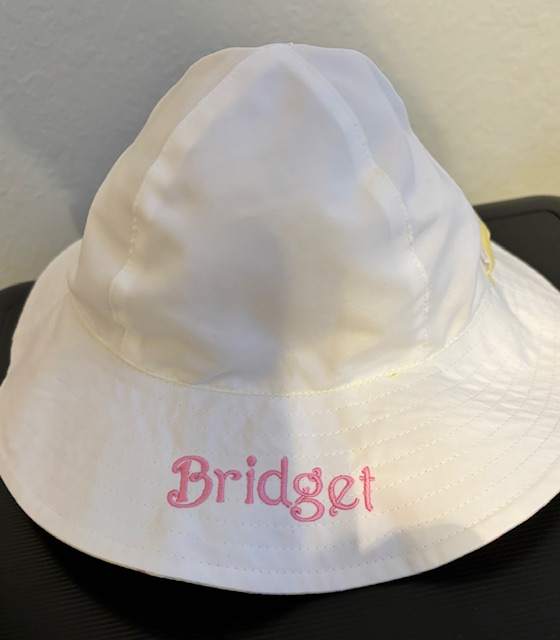Personalized Mugs with Personalized Embroidery Styles for an Unique Present
Personalized Mugs with Personalized Embroidery Styles for an Unique Present
Blog Article
The Art of Custom-made Embroidery: Unlocking the Secrets to Creating Distinct and Remarkable Designs
The secrets to creating customized embroidery designs that captivate the eye and leave a long-term impact lie in a fragile balance of method, creativity, and focus to detail. As we dig right into the globe of personalized needlework, we reveal the nuanced interplay between string choice, stitch intricacy, and design customization that elevates a mere garment to a work of art.
Picking the Right Embroidery Threads
When selecting embroidery strings, what key variables should you take into consideration to make sure the most effective outcomes for your custom layouts? The choice of needlework string is essential in determining the last end result of your stitched layout. Among the key considerations is the product of the thread. Different materials such as cotton, polyester, rayon, and silk use differing levels of shine, durability, and appearance. It is important to pick a string material that enhances the material you are embroidering on and straightens with the wanted look of the layout.
Thicker strings can include dimension and texture to your layout, while finer strings are ideal for complex information and tiny message. Additionally, thinking about the color fastness and washability of the thread is essential to ensure that your personalized layouts maintain their top quality and vibrancy over time.
Checking Out Different Stitch Methods
To dive into the world of 'Checking out Different Stitch Methods', one need to realize the intricacies and nuances that each stitching approach brings to the art of embroidery. Different stitch strategies not just add aesthetic passion yet also add to the general appearance and measurement of the style. One prominent stitch method is the satin stitch, which includes carefully packed parallel stitches to create a smooth and shiny surface, perfect for filling out forms and creating strong lays out.
On the other hand, the backstitch is a versatile technique typically made use of for detailing and including fine details. It entails sewing in reverse to develop a solid line of embroidery. Additionally, the French knot stitch adds a tactile component to designs, best for producing distinctive accents like blossom centers or ornamental touches.
Discovering different stitch methods allows embroiderers to play with light, darkness, and depth within their layouts, elevating the visual charm and imaginative quality of their needlework jobs. By mastering numerous sewing methods, one can unlock limitless opportunities for developing unique and unforgettable customized needlework items.
Incorporating Personalized Layout Components
Having explored the complexities of different stitch strategies such as the satin stitch, backstitch, and French knot, the focus now moves towards integrating customized design aspects in customized needlework jobs. Personalized style aspects play an essential duty in making embroidery jobs really special and memorable. One way to include customization is by including initials, names, or substantial days to the layout. This not just adds a tailored touch yet also enhances the sentimental worth of the embroidery item.
An additional method to incorporate tailored Bonuses layout aspects is by consisting of symbols or themes that hold unique meaning to the recipient or show their interests and character. Including a favored blossom, pet, or hobby-related icon can make the needlework style a lot more purposeful and individualized. Additionally, selecting shades that reverberate with the recipient or straighten with the desired style can further improve the customization of the needlework project.
Grasping the Art of Shade Control

One trick aspect of shade coordination is understanding color concept. This consists of recognizing how different shades connect with each other, the feelings they convey, and how they can be integrated to produce visually attractive designs. By using color theory concepts, embroiderers can produce harmonious color combinations that enhance the total look of the design.
Furthermore, paying attention to comparison is crucial in shade coordination. Utilizing contrasting shades can help particular aspects of the style pop, improve legibility, and create a visually vibrant needlework item. By grasping the art of shade coordination, embroiderers can boost their layouts and produce memorable pieces that resonate with customers and audiences alike.
Enhancing Appearance With Advanced Needlework Stitches

French knots, for instance, are perfect for adding tiny, raised dots to your design, mimicking the look of beads or creating a distinctive surface. Bullion knots, on the various other hand, can be used to create twisted, ropelike elements that include a glamorous feel to the embroidery. Seed sewing entails little, scattered stitches that can fill out locations with a polychromatic appearance, while turkey job creates fluffy, dimensional accents similar to pet hair or vegetation. Explore these sophisticated embroidery stitches allows you to push the limits of standard needlework and create genuinely unique and visually attractive textures in your styles.
Final Thought
To conclude, the art of personalized embroidery entails a combination of selecting the ideal strings, exploring numerous stitch techniques, integrating tailored design aspects, understanding shade sychronisation, and boosting texture with advanced stitches. By comprehending and executing these crucial aspects, embroiderers can produce unique and memorable layouts that showcase their imagination and ability. Embroidery fanatics can unlock the keys to developing beautiful and bespoke pieces that attract attention and leave a long-term perception.
Report this page